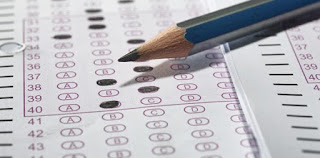A 67-year-old woman with a history of hypertension and insulin-dependent type 2 diabetes is found on the floor of her room 15 minutes after having dinner with her family. She is immediately brought to the hospital. Per family, she was on the normal state of health until 3 days ago, when she began to complain of malaise and night sweats. She had molar tooth extraction 1 week ago. She appears confused, and vital signs show temperature 102 F, blood pressure 80/40 mmHg, pulse 123/min, and SpO2 90% on room air. Bedside glucose is measured to be 180 mg/dL. Initial labs show WBC count 22000/microL, raised ESR, and lactic acid 5.2 mg/dL. She is given vancomycin/cefepime and metronidazole. Lumbar puncture is unremarkable. Her mental status improves on the 2nd day. Blood cultures grow Streptococcus viridans. A transthoracic echocardiogram shows no vegetations but is notable for a mobile solid left atrial mass attached to the anterior mitral leaflet. What is the next best step in the management of this patient?
A. Continue current antibiotics and plan for 6 weeks
B. IV alteplase
C. Surgical resection of the mass
D. Add on micafungin
Click the button below to view answer:
A. Continue current antibiotics and plan for 6 weeks
B. IV alteplase
C. Surgical resection of the mass
D. Add on micafungin
Click the button below to view answer:

Comments
Post a Comment
Drop your thoughts here, we would love to hear from you